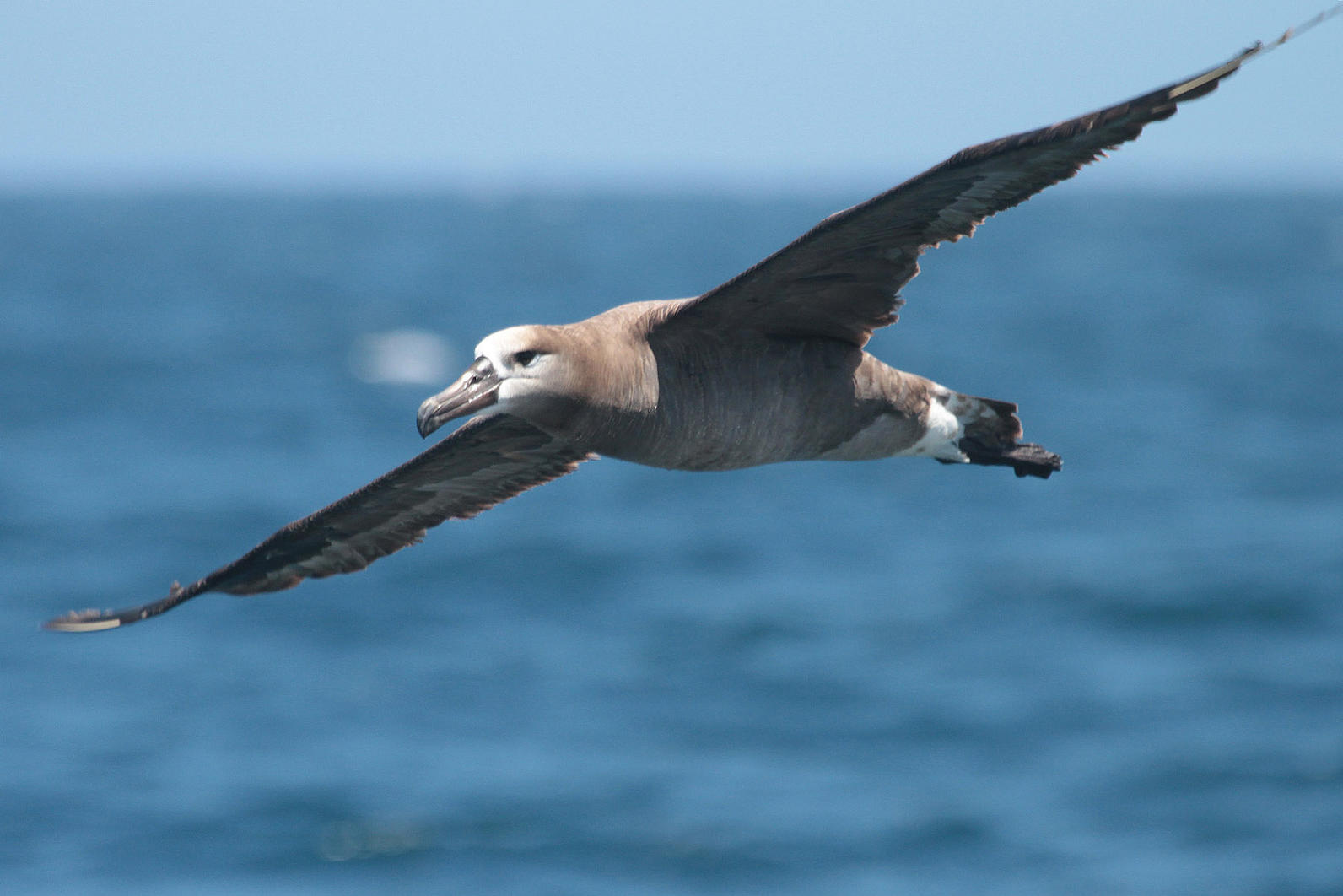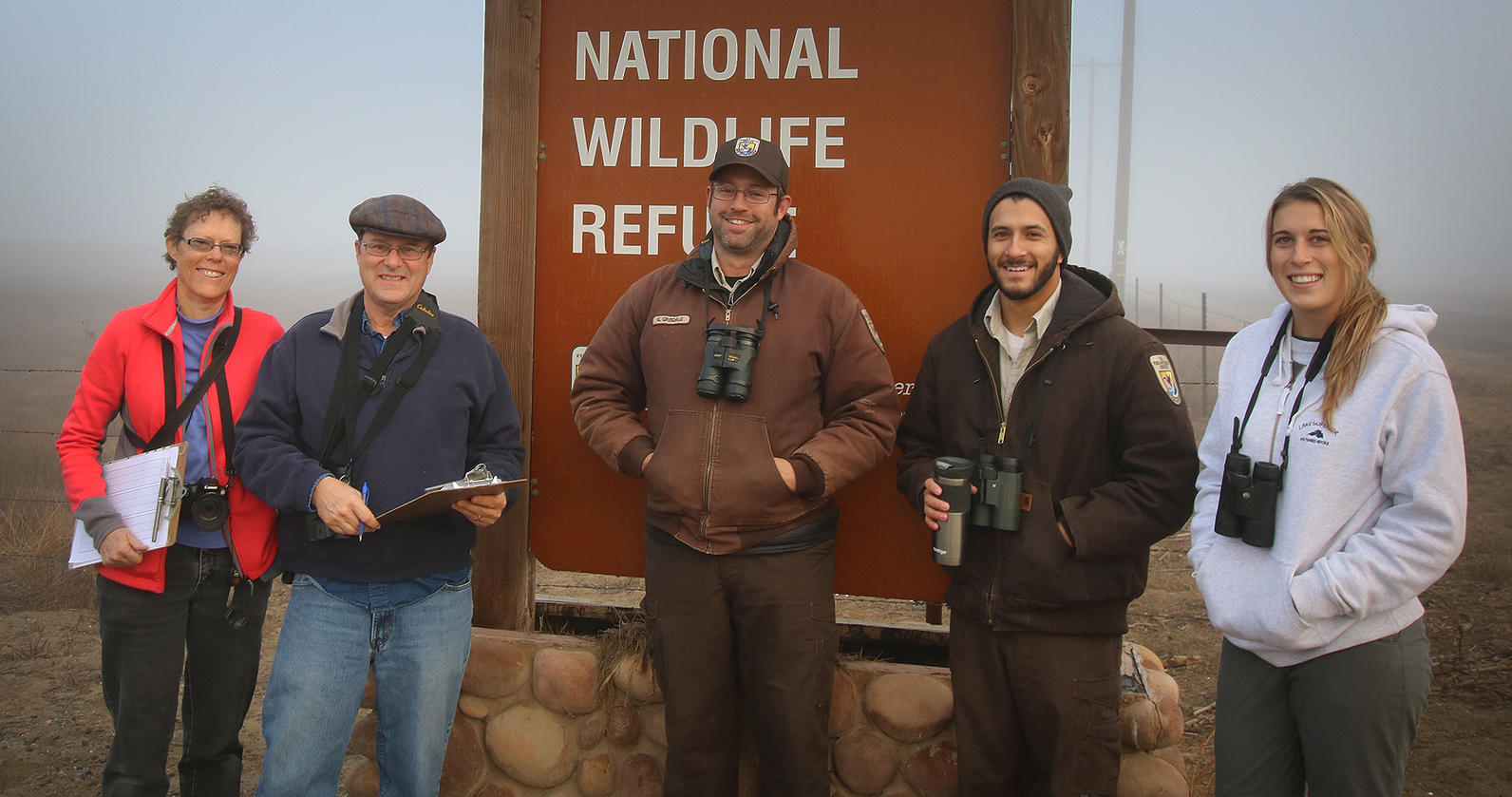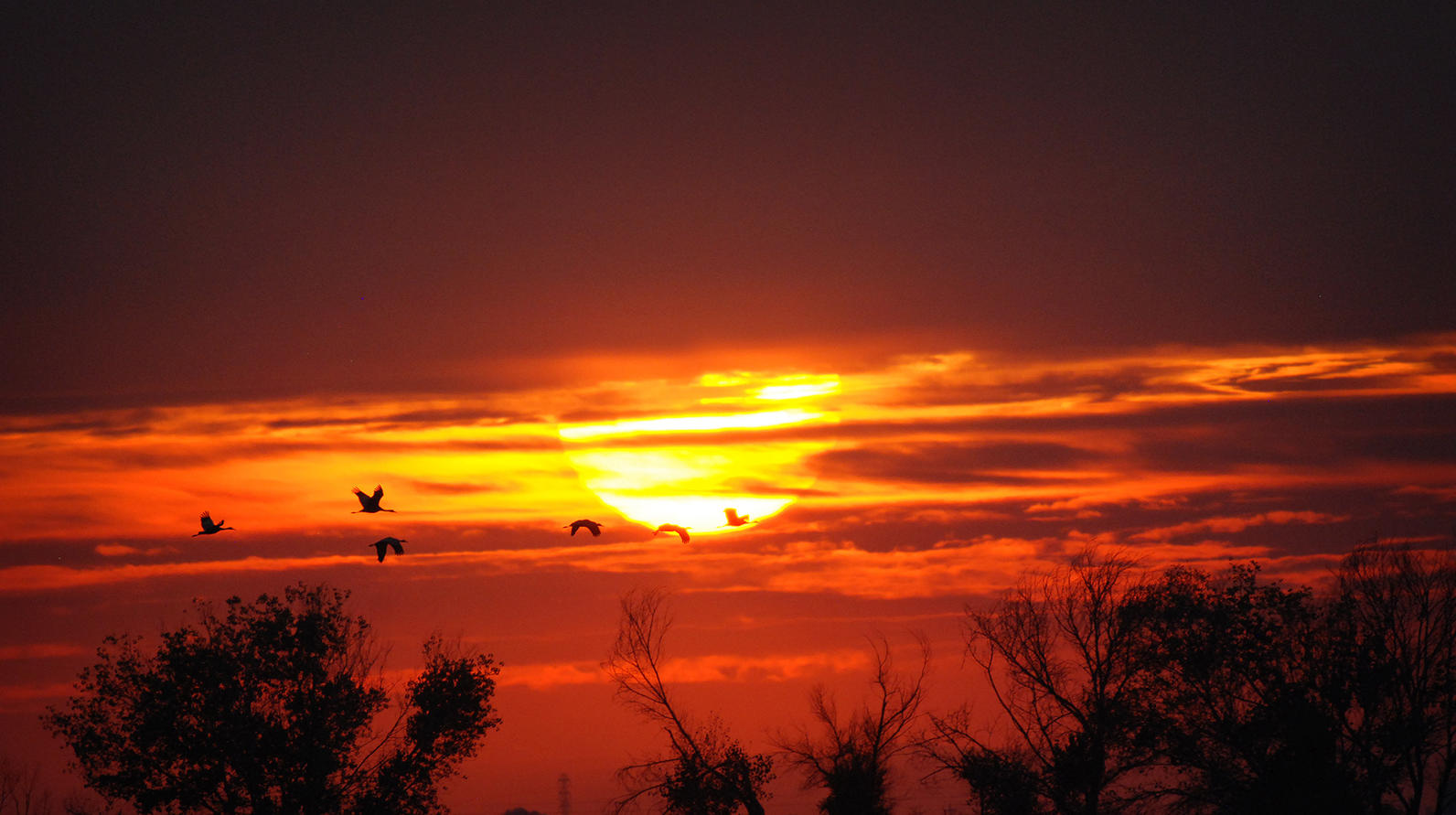Latest News and Updates from Audubon in California
California Condor. Photo: Scott Frier/USFWS
We're on the lookout for new Tricolored Blackbird colonies this spring. Our team found this one at Atwell Island in Tulare County, a BLM property with an NRCS habitat enhancement on it. We were struck by how much more water there is in the wetlands this year. Our estimate was about 10 K birds.
Tricolored Blackbirds revving up for nesting season. Yesterday, our team found a growing colony of Tricolored Blackbirds at Atwell Island in Tulare County, a Bureau of Land Management property where the Natural Resources Conservation Service has done some habitat enhancements to attract the birds. We were struck by how much more water there is in the wetlands this year. Our estimate was about 10,000 birds.
Ventura Audubon Society and the Oxnard City Corps have been hauling tons of invasive plants miles and removing and erecting new fences to prepare Ormond Beach for Western Snowy Plover nesting season. This Ventura County Star article describes the hard work being done by a small group of dedicated people who are committed to giving the plovers a better chance at raising their young this year.
Cynthia Hartley, a biologist and the Vice President of Ventura Audubon, has been working with plovers for over 20 years. She has seen firsthand the challenges these little birds have to overcome every breeding season. "They're so tenacious. It's amazing everything they put up with," she said. "If we can protect them even a little bit, they'll come back and nest."

Audubon California was a strong supporter of California's Marine Life Protection Act and the protected areas it created up and down the California coast. And so we're not surprised to learn that a recent report shows marine life bouncing back in these areas. Our own research has shown that when fish are healthy, so too are the marine birds that rely on fish for food.

For a group of volunteers -- including a few from Kern Audubon -- counting birds at the Pixley National Wildlife Refuge, the job starts at 6 a.m. And the birds don't always cooperate. This great post from our friends at the U.S. Fish & Wildlife Service describes the sights and sounds.
It was 6 a.m., and dark. The occasional beaming headlights illuminated the mist. A crew of five gathered at the main entrance of the Pixley National Wildlife Refuge, 45 miles north of Bakersfield, Calif., waiting for the thick fog to break, so they could do their jobs: count the number of birds on the refuge ...
Conducting migratory bird counts or biological surveys play a major role on refuges. From year-in to year-out, Service employees are collecting information about how wildlife are using the refuge.

Our newsletter is fun way to get our latest stories and important conservation updates from across the state.
Help secure the future for birds at risk from climate change, habitat loss and other threats. Your support will power our science, education, advocacy and on-the-ground conservation efforts.
California is a global biodiversity hotspots, with one of the greatest concentrations of living species on Earth.